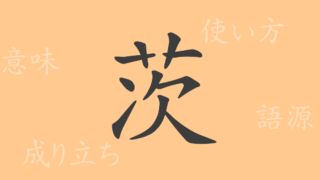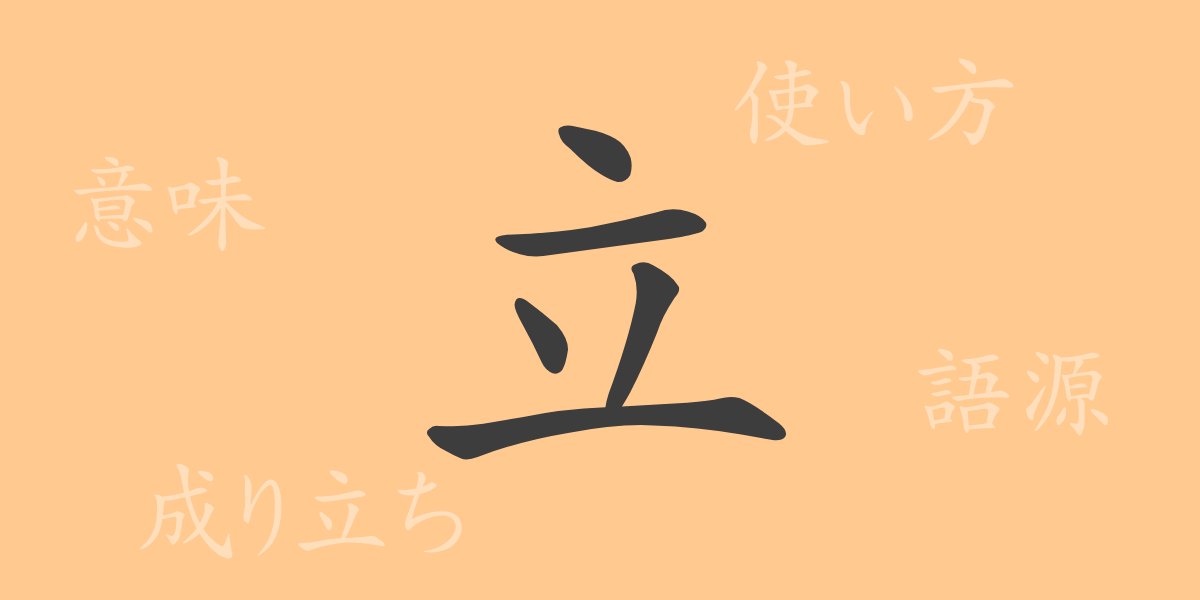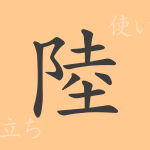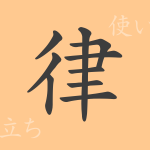The depth and breadth of meaning carried by a single kanji character are among the many charms of the Japanese language. The kanji character “立” (りつ, ritsu) is deeply rooted in our daily lives and is used in numerous idioms, sayings, and proverbs. In this article, we delve into the origins, meanings, usages, readings, and idioms that include “立” (りつ, ritsu), exploring its profound world. Let’s deepen your knowledge about “立” (りつ, ritsu), one of the common kanji characters in Japanese.
Origins of 立 (りつ, ritsu)
Exploring the origins of the kanji “立” (りつ, ritsu) is crucial for understanding its meaning. “立” (りつ, ritsu) originates from ancient China and has the characteristics of pictographs. It is believed to have developed from a symbol representing a standing person, mimicking the shape of an upright human body. Over time, its shape was simplified, resulting in the current form of “立” (りつ, ritsu).
Meanings and Usages of 立 (りつ, ritsu)
Basically, “立” (りつ, ritsu) means “to stand.” It is used to express the starting point of something, such as standing up, establishing oneself, occupying a position, or setting up something. Additionally, when combined with other kanji, it forms various idioms with diverse meanings. “立” (りつ, ritsu) can be used not only as a verb but also as an adjectival noun and noun, showcasing its wide range of usage.
Readings, Stroke Count, and Radical of 立 (りつ, ritsu)
How is “立” (りつ, ritsu) read in Japanese, and what elements make up this character?
- Readings: On’yomi readings are “リツ” (りつ, ritsu) and “リュウ” (りゅう, ryuu); Kun’yomi readings include “た.つ” (たつ, tatsu) and “た.てる” (たてる, tateru)
- Stroke count: 5 strokes
- Radical: 立部 (たつへん, tatsuhen)
Idioms, Sayings, and Proverbs Using 立 (りつ, ritsu) and Their Meanings
There are numerous idioms, sayings, and proverbs that include “立” (りつ, ritsu). For example, “立場” (たちば, tachiba) refers to the situation or condition in which a person is placed, and “立派” (りっぱ, rippa) means being splendid or admirable in appearance or conduct. Additionally, “立腹” (りっぷく, rippuku) expresses anger, and “立志” (りっし, risshi) means setting future goals. Such idioms and sayings enrich Japanese expressions.
Summary of 立 (りつ, ritsu)
Did you feel the multifaceted charm of the kanji “立” (りつ, ritsu) through this article? From its origins to its usage examples, “立” (りつ, ritsu) holds meanings beyond just being a character, deeply intertwining with our linguistic lives. Understanding each kanji character when learning Japanese can be seen as the first step towards acquiring richer expressive abilities.

























